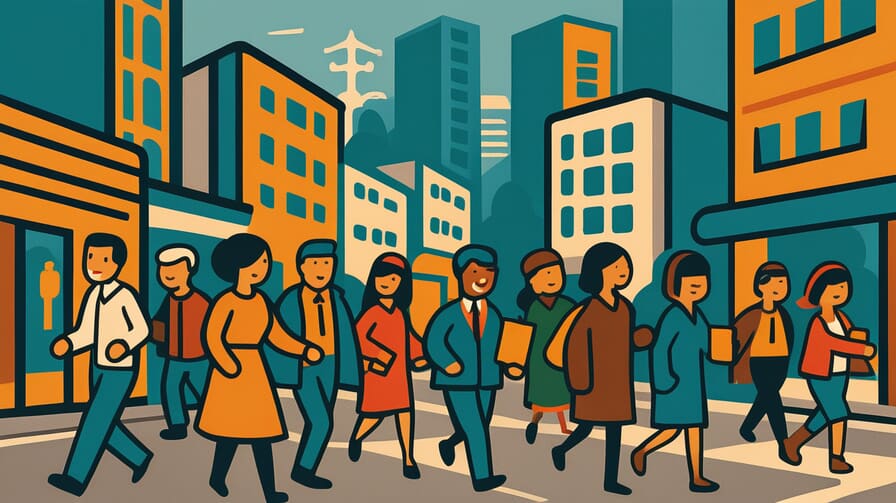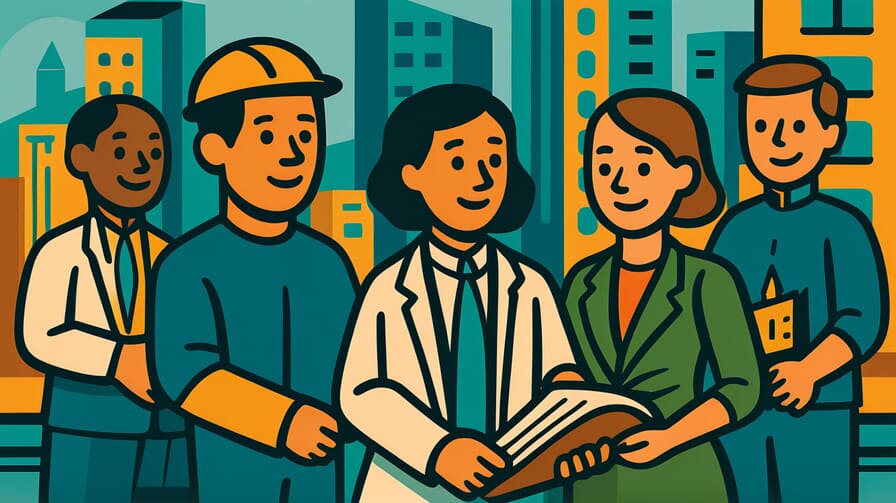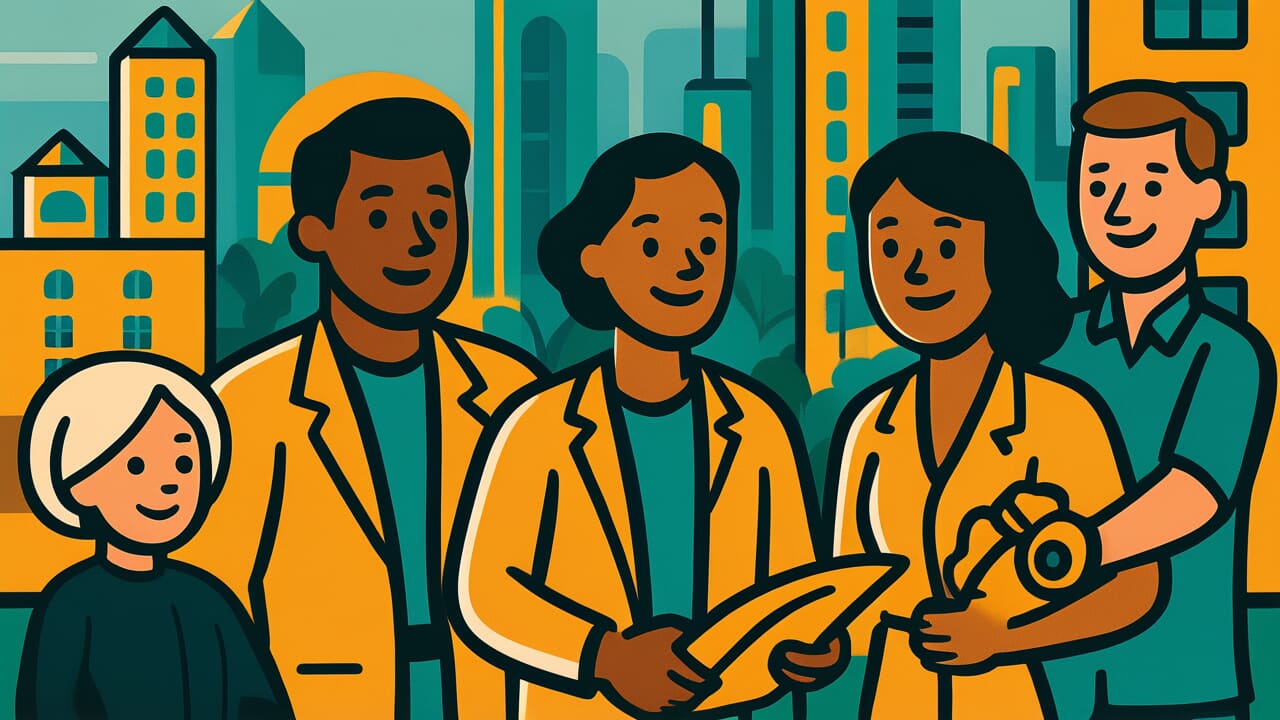[Disclaimer] This article is reconstructed based on information from external sources. Please verify the original source before referring to this content.
News Summary
The following content was published online. A translated summary is presented below. See the source for details.
Sustainable Development Goal 11 (SDG 11) aims to make cities and human settlements inclusive, safe, resilient, and sustainable. As of 2025, 58% of the global population lives in urban areas, with projections indicating this will rise to 68% by 2050. While progress has been made in improving urban quality of life, overall advancement towards SDG 11 remains modest. Challenges persist, particularly in sustainable mobility and reducing resource use. Disasters continue to pose significant threats, with an average of 92,199 critical infrastructure units damaged annually from 2015 to 2023. However, 110 countries reported local-level disaster risk reduction strategies by 2024. National urban policies in 68 countries addressed key development issues in 2023, including population dynamics and territorial development. Despite these efforts, most SDGs, including SDG 11, are unlikely to be fully achieved by 2030 due to rising inequalities and environmental challenges.
Source: Eurostat News
Our Commentary
Background and Context

SDG 11 is a crucial component of the United Nations 2030 Agenda for Sustainable Development. It addresses the pressing need for sustainable urbanization in a world where cities are rapidly expanding. The goal encompasses various aspects of urban life, including housing, transportation, air quality, waste management, and public spaces. As urban populations continue to grow, particularly in developing countries, the challenges of creating sustainable cities become increasingly complex and urgent.
Expert Analysis
The current status of SDG 11 implementation reveals a mixed picture. While there have been improvements in urban planning and access to basic services, the pace of progress is insufficient to meet the 2030 targets. The COVID-19 pandemic has further complicated efforts, particularly in areas like sustainable mobility. The increase in local-level disaster risk reduction strategies is a positive development, but the persistent damage to critical infrastructure highlights the ongoing vulnerability of urban areas to natural disasters.
Key points:
- Progress towards SDG 11 is modest and uneven across different regions
- Disaster resilience has improved, but significant challenges remain
- National urban policies are addressing key issues, but implementation gaps persist
Additional Data and Fact Reinforcement
Recent statistics underscore the scale of the urban sustainability challenge:
- 58% of the global population lived in urban areas as of 2025
- Urban population is projected to reach 68% by 2050
- 92,199 critical infrastructure units were damaged annually from 2015 to 2023 due to disasters
Related News
The challenges facing SDG 11 are closely linked to other global issues, such as climate change mitigation efforts and the push for sustainable energy solutions in urban areas. Recent technological innovations, including AI-driven smart city solutions and green infrastructure, are emerging as potential tools to address urban sustainability challenges.
Summary

While some progress has been made towards achieving SDG 11, significant obstacles remain. The rapid pace of urbanization, particularly in developing countries, continues to outstrip efforts to create sustainable cities. As we approach 2030, intensified action and innovative solutions will be crucial to realizing the vision of inclusive, safe, resilient, and sustainable urban environments for all.


